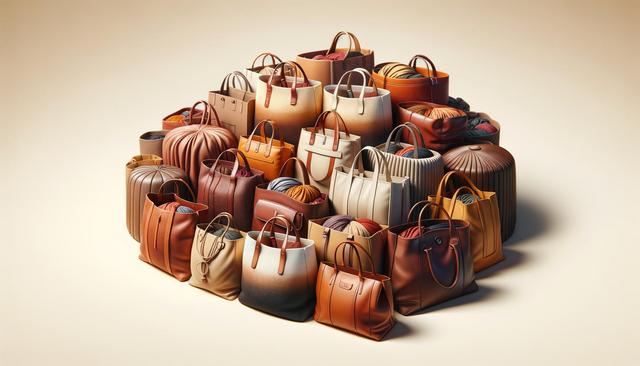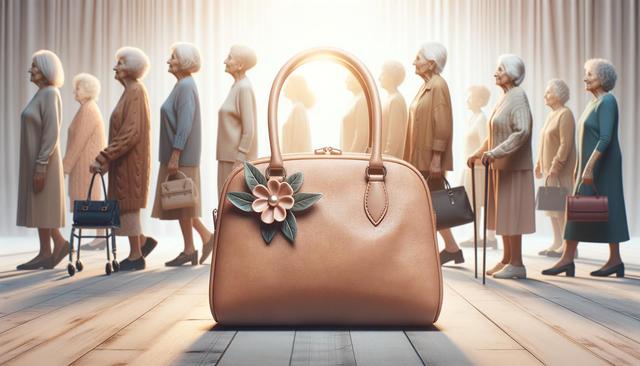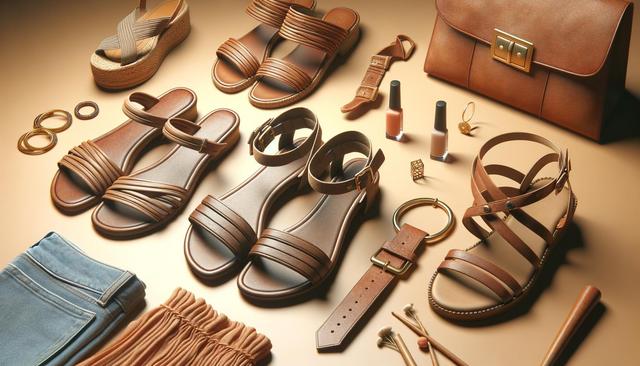The Rise of Thrift Culture
In recent years, thrift culture has moved from a niche interest to a mainstream movement. Driven by a desire for sustainable fashion and budget-friendly alternatives, many consumers are turning to second-hand items, with thrift bags leading the way. These pre-loved accessories offer a unique blend of style, affordability, and environmental responsibility. As more people become aware of the fashion industry’s environmental impact, choosing thrift bags is seen not only as a personal style statement but also as a commitment to reducing waste. This shift reflects a broader cultural change where conscious consumption is valued over fast fashion trends.
Unique Styles and Vintage Appeal
One of the most appealing aspects of thrift bags is their individuality. Unlike mass-produced items, thrifted bags often feature unique designs, vintage craftsmanship, and rare materials. These pieces can add a distinct touch to any outfit, offering something that stands out from mainstream accessories. Whether it’s a retro leather satchel, a floral-print tote from the 70s, or a classic minimalist shoulder bag, thrift bags provide fashion enthusiasts with the chance to express personal style in a one-of-a-kind way. Many fashion-forward individuals enjoy the ‘treasure hunt’ experience of thrifting, where finding a rare gem adds excitement to the process.
Affordability Without Compromise
Buying thrift bags is also a smart financial decision. New bags, especially those made from quality materials, can be costly. Thrift stores, consignment shops, and online resale platforms offer gently used bags at a fraction of the original price. This affordability allows people to access high-quality pieces without straining their budgets. Common places to find thrift bags include:
- Local thrift stores and charity shops
- Online resale platforms and apps
- Flea markets and vintage fairs
- Specialty consignment boutiques
These options provide not only variety but also opportunities to discover high-end labels and handmade designs at an accessible price point.
Eco-Friendly Fashion Choices
Thrift bags contribute to a more sustainable fashion cycle. The fashion industry is responsible for significant environmental damage, including water pollution and textile waste. By purchasing second-hand bags, consumers help extend the life of products that might otherwise end up in landfills. This practice reduces demand for new production, conserves resources, and supports a circular economy. Many environmentally conscious shoppers are now prioritizing second-hand items over brand-new ones. Additionally, upcycling and reworking old bags into new styles have become popular DIY projects, further minimizing waste and encouraging creativity.
Tips for Choosing the Right Thrift Bag
Finding the right thrift bag requires a mix of patience and strategy. While the selection is often broad, knowing what to look for can make the shopping experience more rewarding. Here are some tips for selecting a quality thrift bag:
- Inspect the bag for signs of wear, such as frayed stitching or broken zippers
- Check the interior lining for cleanliness and structural integrity
- Look for authentic markings if seeking designer or vintage pieces
- Choose timeless shapes and neutral colors for versatility
- Consider your daily needs—size, handle type, and compartments
With these tips, shoppers can make informed decisions and avoid impulse buys that may not be practical or durable. Thoughtful selection ensures that the thrift bag will serve both stylistic and functional purposes.
Conclusion: Embracing Thrift for Style and Sustainability
Thrift bags offer an excellent combination of style, savings, and sustainability. Whether you’re new to second-hand shopping or a seasoned thrifter, incorporating thrift bags into your wardrobe is a simple yet impactful way to support environmentally friendly fashion. With a wide array of styles and price points, these bags make it easier to express your individuality while making responsible choices. As the fashion industry continues to evolve, thrift culture and its emphasis on conscious consumption are likely to play an increasingly important role in shaping how we shop and dress.


